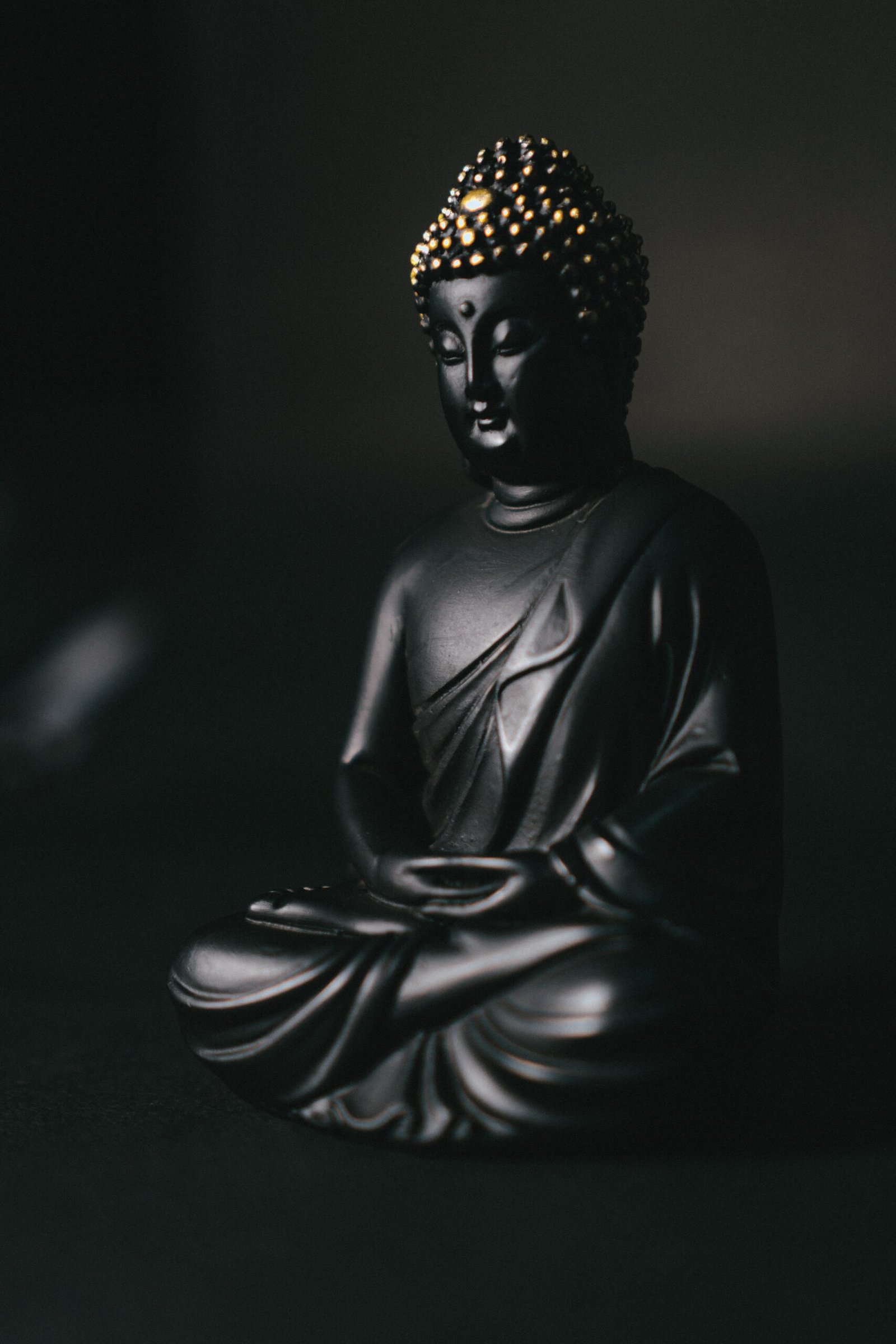The Interplay of Perception and Reality in Buddhism
Unraveling Illusions for True Understanding
Buddhism delves deeply into the concepts of reality and illusion, offering a profound understanding of existence. Central to its teachings is the idea that our perceptions of reality are often shrouded in illusions. By recognizing and understanding these illusions, one can achieve true understanding and liberation from suffering.
The Role of Senses in Perceiving the World
Senses: Gateways with Limitations
- Perception Through Senses: In Buddhism, senses are regarded as the primary means through which we interact with the world. They act as gateways, providing us with experiences and perceptions.
- The Fallibility of Senses: However, these sensory perceptions are not infallible. They can be skewed by personal biases, desires, and attachments, leading to a distorted view of reality.
The Path to Deeper Understanding
- Beyond Sensory Limitations: Buddhism encourages a mindfulness of these limitations. It teaches the importance of looking beyond the superficial appearances and transient nature of sensory experiences.
- Insight into True Nature: By developing a deeper, more insightful understanding of phenomena, one moves closer to perceiving the true nature of things, free from the distortions of personal perception.
Navigating Reality with Mindful Awareness
In Buddhism, the journey to enlightenment involves recognizing the illusory nature of much of our perceived reality. This path requires a mindful awareness of the limitations of our senses and a commitment to uncovering the deeper truths of existence. Through this understanding, one can find a path to liberation and a more profound, clear-sighted engagement with the world.

Exploring the Depths of Consciousness in Buddhism
Consciousness and the Subconscious Mind
Buddhism places significant emphasis on understanding consciousness, recognizing it as a pivotal aspect of human existence. However, it also highlights the intricate influence of the subconscious mind.
The Role of the Subconscious
- Seat of Desires and Fears: Our subconscious is often a repository of desires, fears, and attachments. These hidden aspects can cloud our consciousness, leading to a distorted perception of reality.
- Meditation and Awareness: Through meditation and other practices, Buddhism encourages us to bring awareness to these subconscious elements. This process is essential in transforming our consciousness towards clarity and enlightenment.
Dream as Metaphor: Understanding Illusion and Reality
The Dream Analogy in Buddhist Teachings
Buddhism often uses the metaphor of dreaming to elucidate the nature of our perception and reality.
Dream and Deception
- Deception in Dreams: Just like in dreams, where we can be deceived into believing in their reality, our day-to-day perception can also be misled by our attachments and ingrained beliefs.
- Perception vs. Reality: This analogy serves to demonstrate how our understanding of the world can be as illusory as the experiences in a dream.
Awakening: The Path to True Understanding
- The State of Awakening: In contrast to the deceptive nature of dreams, awakening in Buddhism refers to the attainment of a true understanding of reality. It’s a state of liberation from the illusions and distortions that our mind creates.
- Liberation from Illusions: Achieving this state of awakening means transcending the attachments and delusions that cloud our consciousness, leading to a clearer perception of the world as it truly is.
Journeying Towards Enlightenment
Buddhism offers a profound pathway to understanding the depths of human consciousness and its interplay with the subconscious. By using the metaphor of dreaming, it provides insight into the illusory aspects of our perceived reality. The ultimate goal in Buddhism is to awaken from these illusions, leading to a state of enlightenment where true understanding and liberation are attained. Through practices like meditation, one can embark on this transformative journey towards a more awakened and enlightened state of being.

Buddhism’s Perspective on Existence and the Nature of Mind
Challenging Fixed Existence
- Interdependence Over Independence: Buddhism challenges traditional notions of a fixed, independent existence. It teaches that all phenomena are interdependent, intricately linked in a web of causes and effects.
- Dual Existence – A Misunderstanding: The concept of dual existence, or seeing things as separate and isolated entities, is seen as a fundamental misunderstanding in Buddhism. This perception creates a false sense of division and separation.
Embracing Interconnectedness
- Overcoming Illusions: By understanding and accepting the interconnectedness of all things, one can move beyond the illusion of dual existence.
- Cultivating Compassion: This realization fosters a more compassionate and harmonious approach to life, recognizing the shared nature of our existence.
Mind and Consciousness: Beyond Neurons
The Role of Neurons in Cognitive Processes
- Scientific Understanding: In modern science, neurons are recognized as the building blocks of the brain, playing a key role in cognitive functions and mental processes.
- Physical vs. Non-Physical: While acknowledging the significance of the brain and its neuronal activities, Buddhism explores the mind’s nature beyond just its physical aspects.
Exploring the Depth of Consciousness
- Beyond the Physical Realm: Buddhism posits that the mind extends beyond the physical confines of the body and the brain, encompassing a broader realm of consciousness.
- Understanding Consciousness: This perspective encourages a deeper exploration of consciousness, delving into aspects of the mind that transcend physical limitations and neuronal activities.
A Holistic Understanding of Existence and Mind
Buddhism offers a unique perspective on existence and the mind, challenging conventional views and encouraging a deeper understanding of interconnectedness and consciousness. By recognizing the interdependent nature of all phenomena and exploring the mind beyond its physical attributes, Buddhism opens a path to a more integrated and compassionate view of life and reality. This holistic approach bridges the gap between the physical and non-physical aspects of existence, providing a profound insight into the nature of being.
Understanding Self and Existence in Buddhism
The Fluidity of Self
- Beyond a Permanent Spirit: Contrary to many beliefs in an unchanging spirit or soul, Buddhism views the concept of self as a transient, ever-evolving construct.
- The impermanence of the Body: The physical body is seen as impermanent in Buddhism, a temporary vessel subject to change and decay.
The Continuity of Mind
- Cycles of Rebirth: While the body is impermanent, the mind or consciousness continues through cycles of rebirth. This ongoing cycle is central to Buddhist teachings.
- Detachment from Physicality: Buddhism teaches the importance of detaching from the physical aspects of being and instead focusing on understanding the deeper, more profound nature of our existence.
A Path to Liberation and Compassionate Living
Overcoming Illusions and Attachments
- Recognizing Sensory Limitations: Buddhism emphasizes the need to understand the limitations of our senses and the illusions they can create.
- Interplay of Consciousness and Subconscious: A deeper exploration into the relationship between consciousness and the subconscious is encouraged to gain true insight into reality.
Cultivating Awareness and Compassion
- Moving Beyond Dualistic Thinking: Letting go of dualistic views and attachments is seen as a path to understanding the true nature of existence.
- Awakening to a Higher Reality: Through this understanding, one can achieve liberation from suffering and cultivate a more compassionate, awakened way of life.
Buddhism’s Unique Perspective on Reality
Buddhism offers a distinct approach to understanding reality and existence. It challenges us to look beyond the physical and impermanent, to detach from false perceptions and attachments, and to develop a deeper awareness of the nature of our being. This journey of understanding leads to a liberation from suffering and fosters a compassionate and enlightened approach to life, rooted in the profound teachings of Buddhism.


